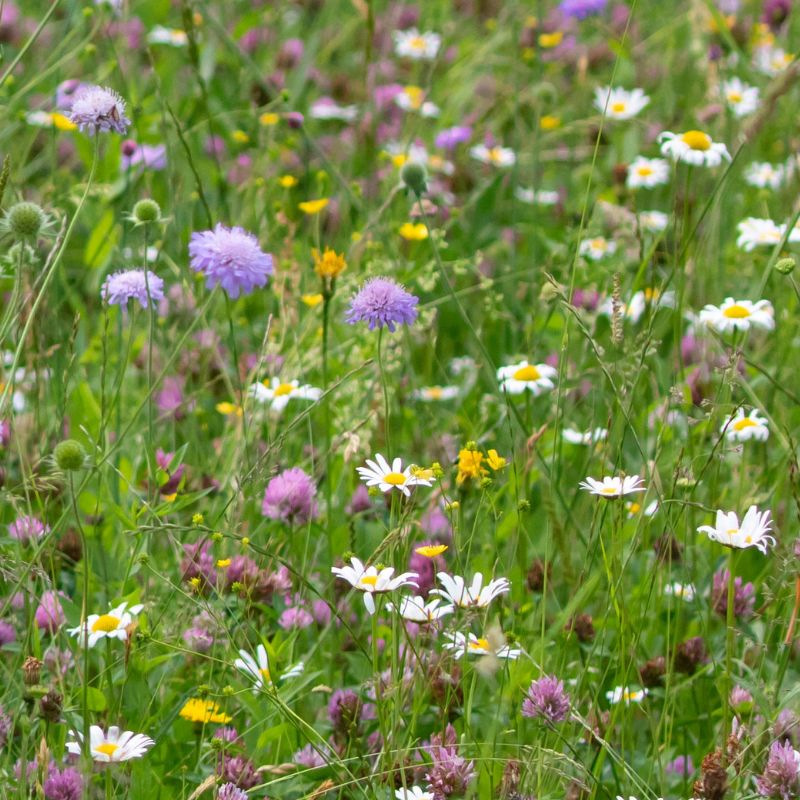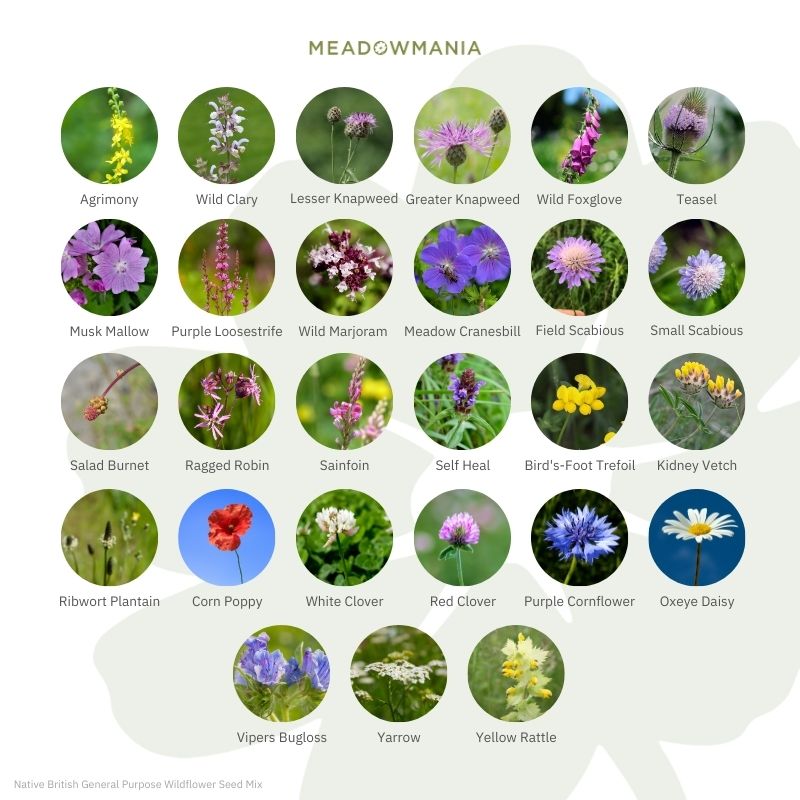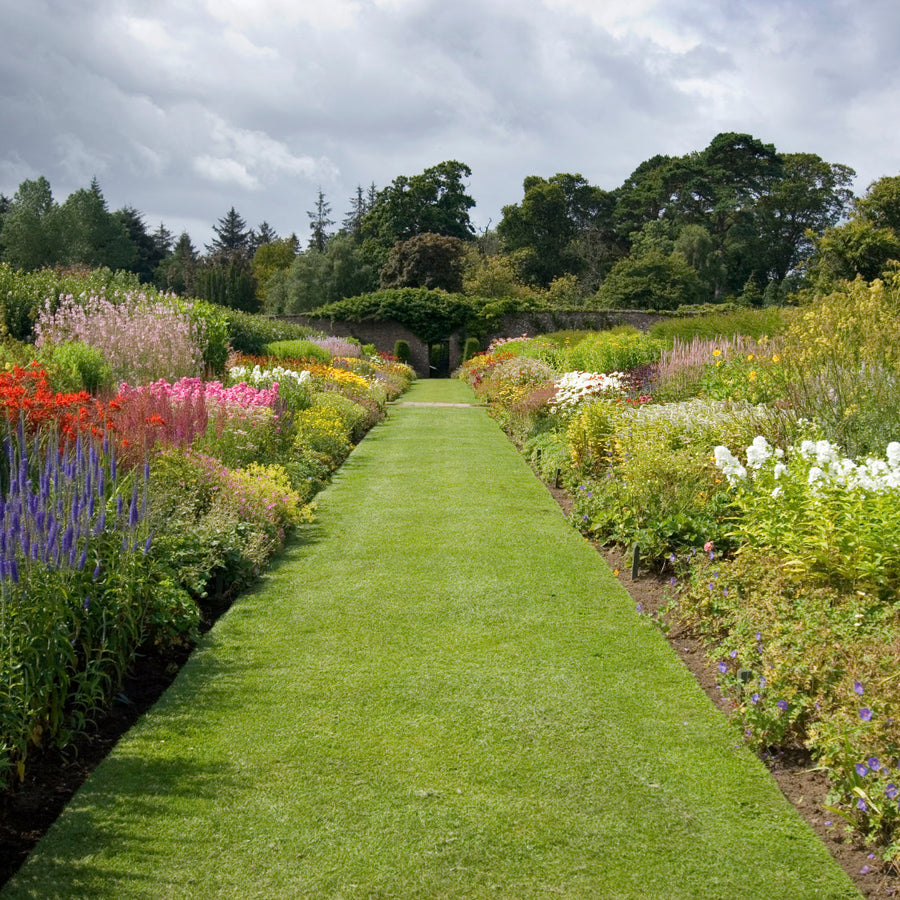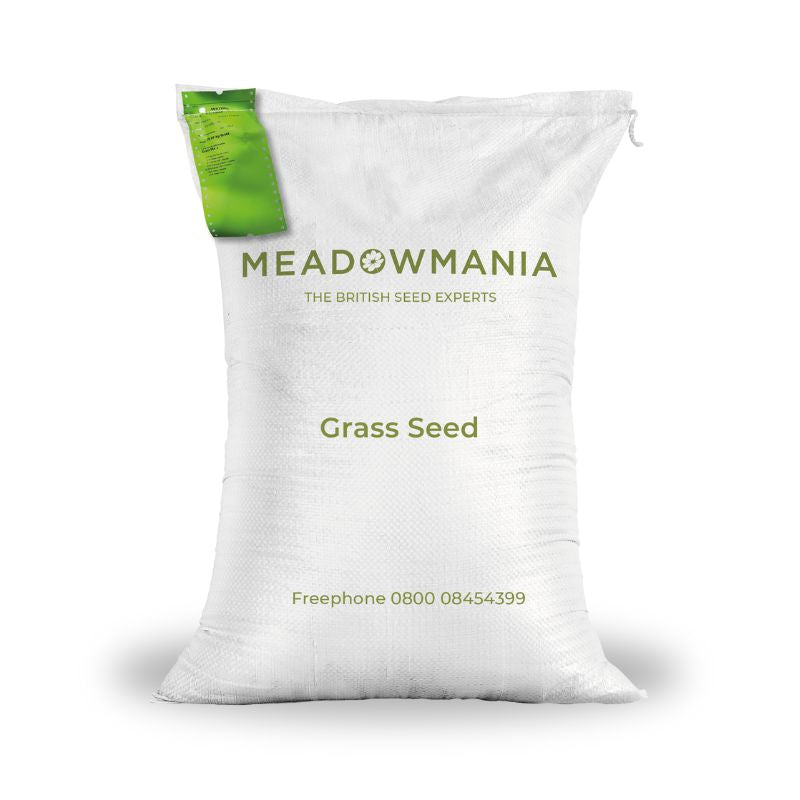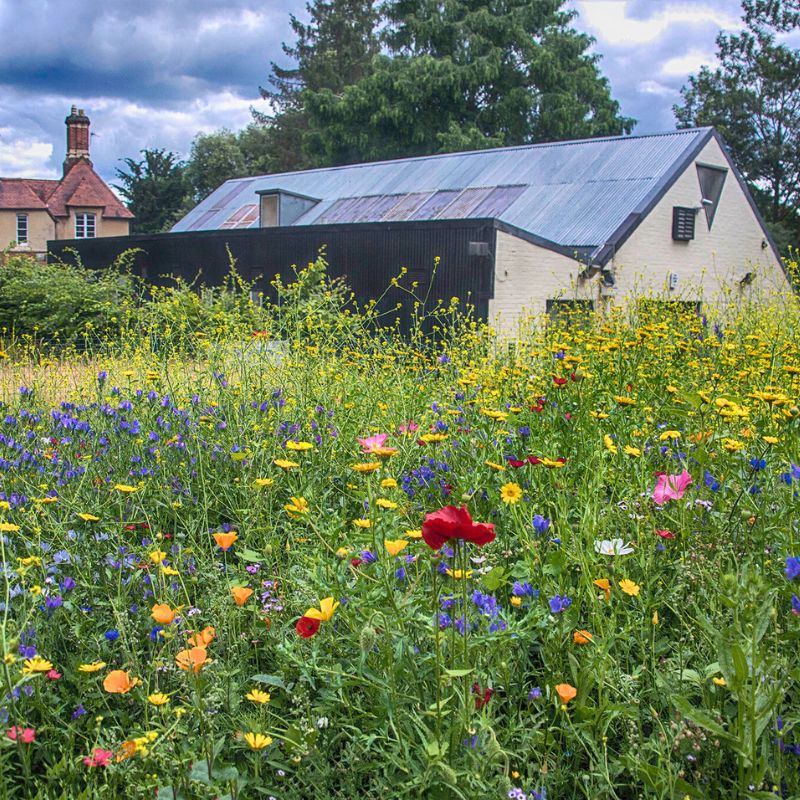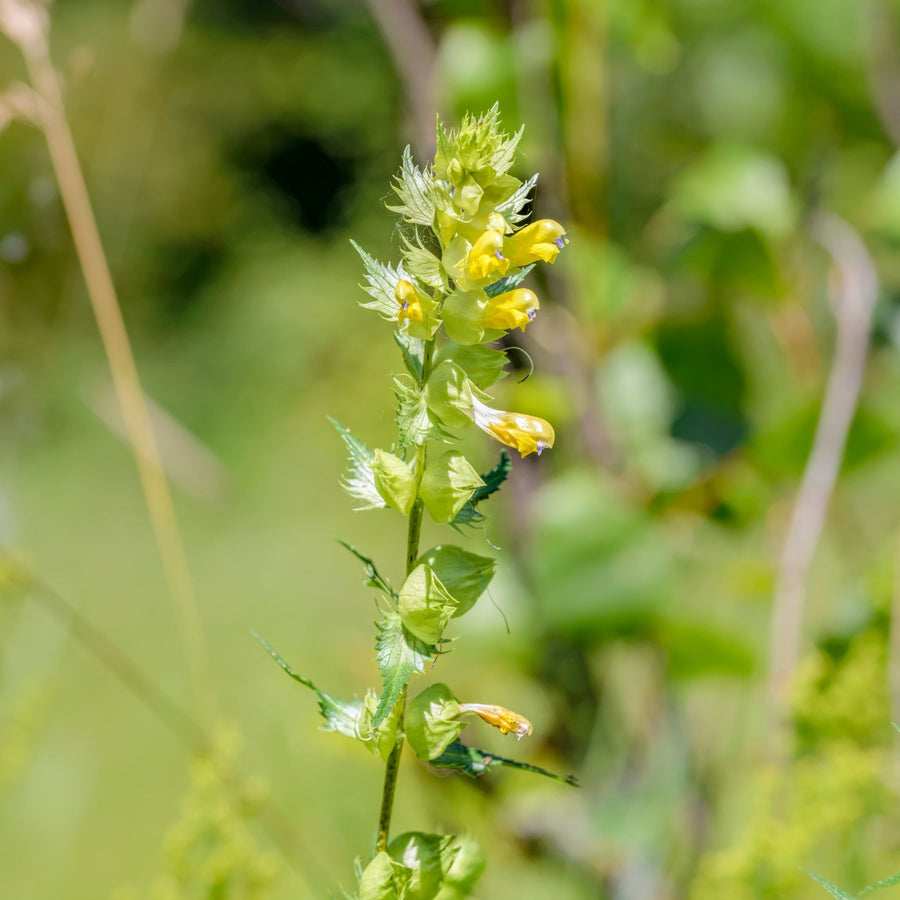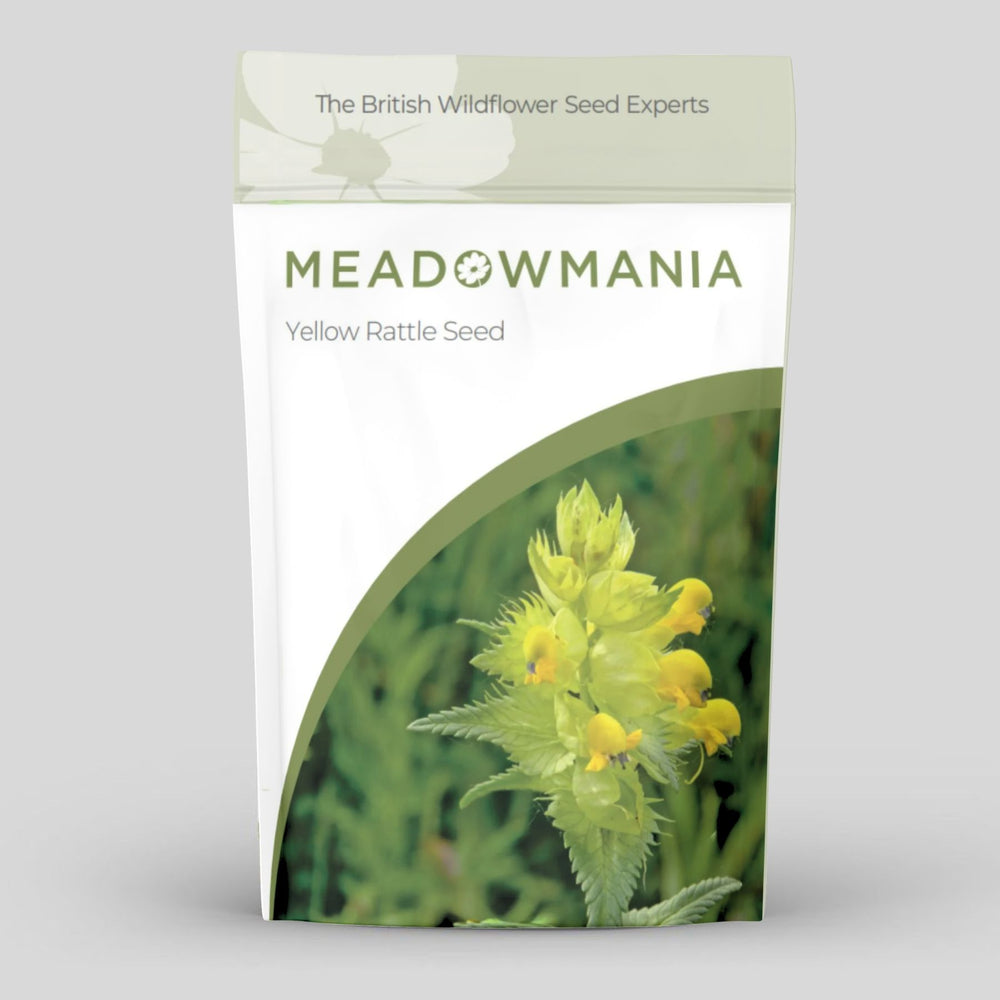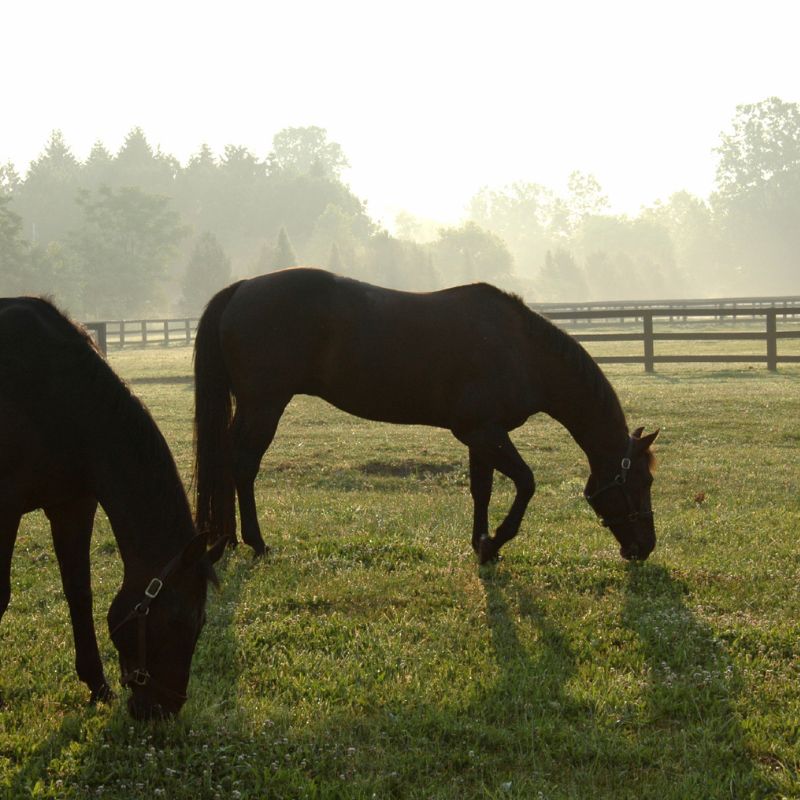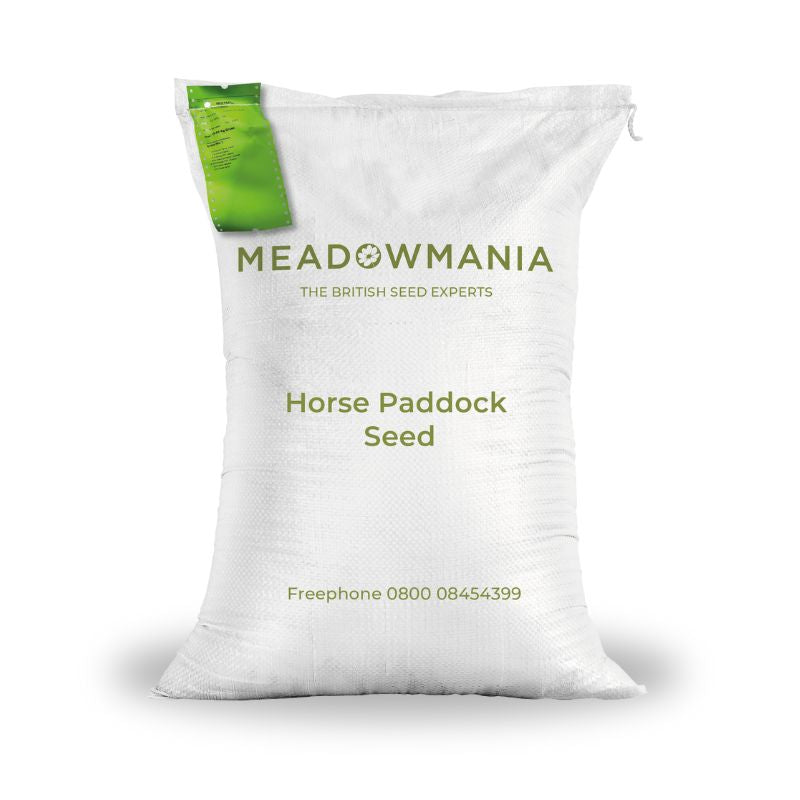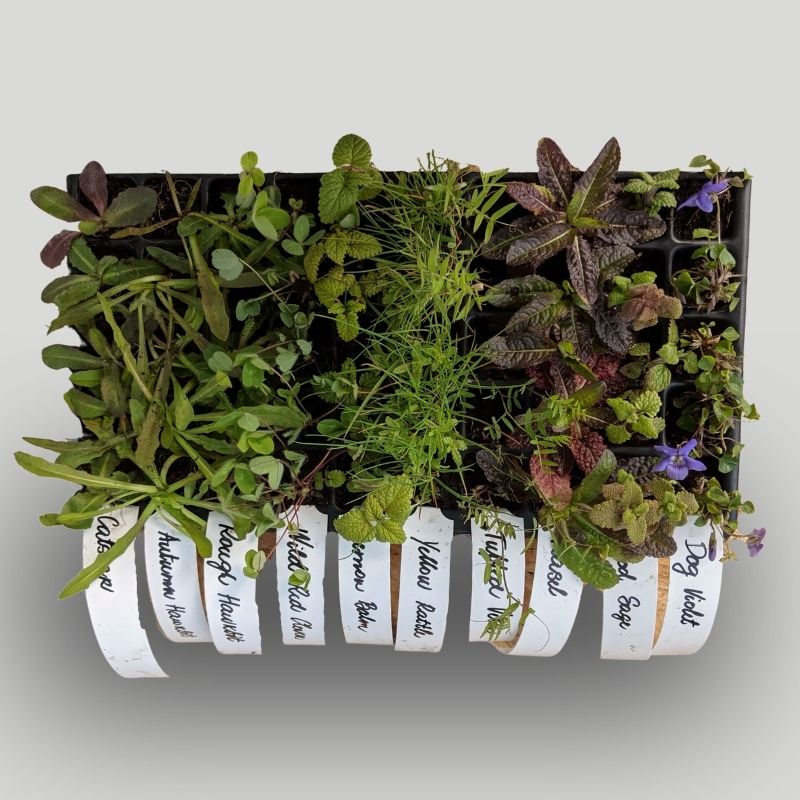
How & Where to Grow Clustered Bellflower (Campanula Glomerata)

Clustered bellflower is a colourful plant that does particularly well on chalkland soil. The purple flowers have a richness and intensity to them. Even when grown in the garden without competition of grass it can look spectacular.
Clustered Bellflower has a crimson stem and purple-blue, bell-shaped flowers. The flowers are held in dense clusters but with just a few lower down the stem. The lower leaves are stalked whilst the upper ones clasp the stem. All the leaves are toothed.
It prefers downs and banks. It is common on chalk and limestone grassland and it sometimes grows on sea cliffs.
In a wild garden or meadow it is definitely a chalkland or light soil plant. Clustered bellflower (Campanula glomerata) will not cope with rich or heavy soils or strong vegetation. It can grow in a meadow; ideally it wants to be in a place where the grass grows particularly thinly. On poorer soil it will not grow so tall but will still look attractive. It will grow well along side plants such as Cowslip, Bird's-foot trefoil and Musk Mallow.
How and where to grow Clustered Bellflower
| Flowering season: | June to August |
| Height: | Grows 10-30cm |
| Cultivation: | A perennial plant. From seed it is best grown in trays and then planted out as small plants. If sown in the autumn, it will germinate in early spring. Needs full sun and will not cope with shade. |
The best option is to buy Clustered bellflower (Campanula glomerata) as plug plants.


